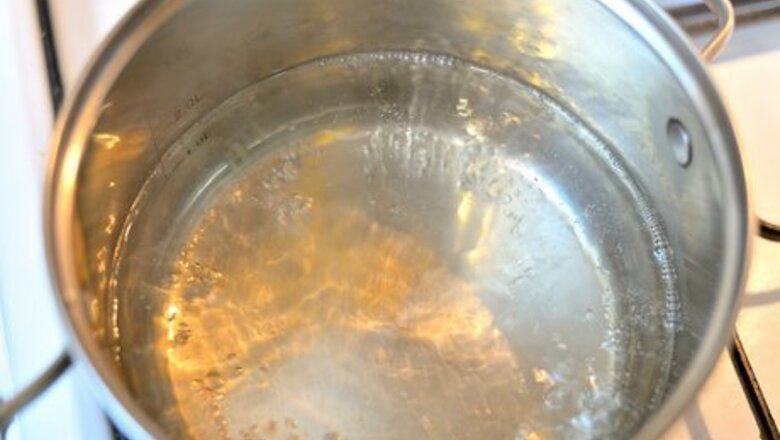
views
Preparing the Oranges
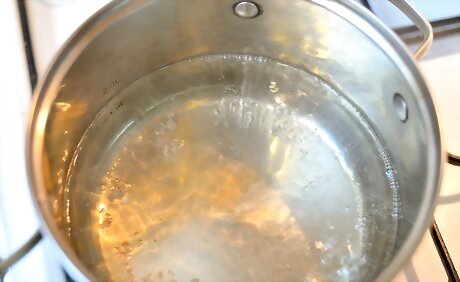
Boil the water. Pour two gallons (7.6 L) of water into a large stockpot. Heat the water over high heat on the stove until it comes to a boil, which may take up to 35 minutes.

Peel the oranges and lemons. For the wine, you’ll 10 very ripe oranges and 2 lemons. Remove the skin from the orange with your fingers, and use a zester to remove the skin from the lemon. Take off as much of the white pith from the fruits as possible as well. Adding the lemons to the wine is optional. You can just use the oranges if you prefer. If you don’t have a zester, a vegetable peelers works well for removing fruit skin.
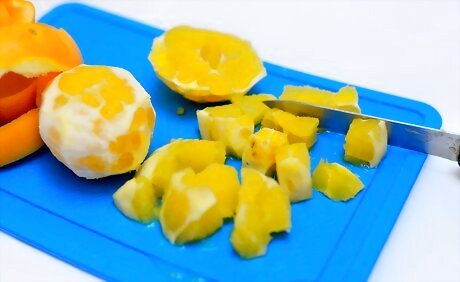
Cut the fruit and remove the seeds. Use a knife to roughly chop the oranges and lemons into large pieces. Carefully pick out the seeds and discard them.
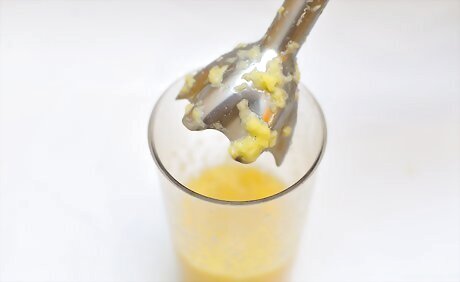
Chop or liquefy the oranges and lemons. After you’ve removed the seeds, you can use the knife to chop the oranges and lemons more finely. If you prefer, though, you can also place the fruit in a blender and process them until liquefied. Liquefying the oranges and lemons usually provides the best flavor, but finely chopping them can work well too if you don’t have a blender. If you want to liquefy the fruit without a blender, you can mash the pieces with a potato mashes to help break them down.
Mixing the Oranges, Sugar, Tannin, and Yeast Nutrient
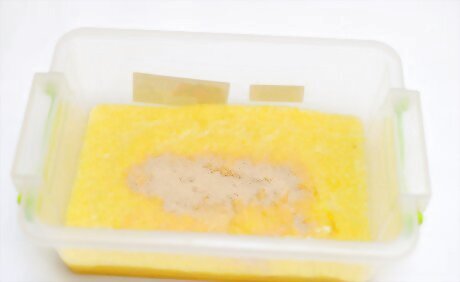
Combine the fruit, sugar, tannin, and yeast nutrient in a fermentation container. Add the oranges, lemons, 6 pounds (2.7 kg) of white granulated sugar, ½ teaspoon (1.2 g) of grape tannin, and 2 teaspoons (8.8 g) of yeast nutrient to a fermentation container. A food grade bucket works well as a fermentation container. You can usually find food grade buckets and other fermentation containers at stores or online retailers that sell wine-making supplies. Some hardware or home improvement stores may sell them as well.
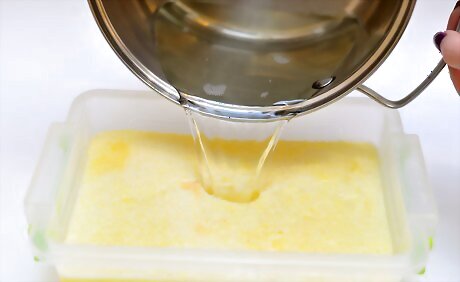
Carefully pour the boiling water over the mixture and stir it until the sugar dissolves. When all of the ingredients are in the fermentation container, slowly transfer the boiling water to it. Use a spoon with a long handle to carefully mix the ingredients together until the sugar granules completely dissolves, which can take 3 to 5 minutes. You can purchase spoons with long handles from stores and websites that sell wine- and beer-making supplies.
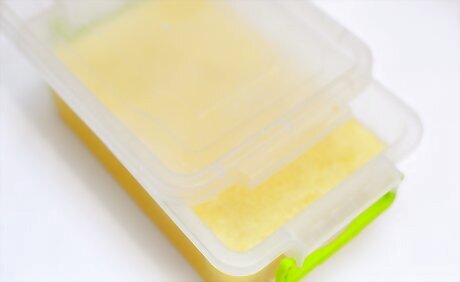
Cover the mixture and allow it to cool. After the sugar has dissolved, place the lid on your fermentation container. Let the mixture sit until it reaches room temperature, which should take 1 to 2 hours. If you don’t have a lid for your fermentation container, you can use a baking sheet to cover it.
Fermenting the Wine
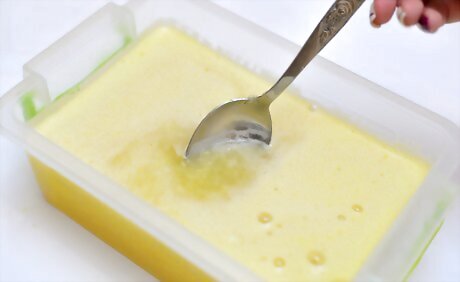
Mix in the yeast. When the mixture has cooled to room temperature, remove the cover and add a packet (5 g) of wine yeast to it. Stir it in to blend it with the other ingredients.
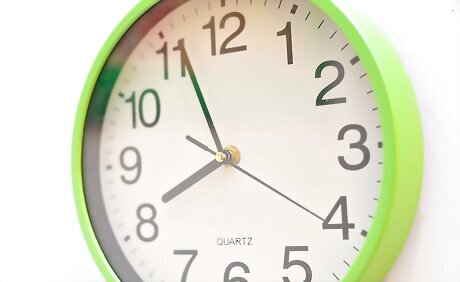
Cover the mixture and allow it to ferment for a week. Once the yeast is added, cover the fermentation container again. Allow the mixture to sit for a week so the yeast can begin to turn the sugar into alcohol.
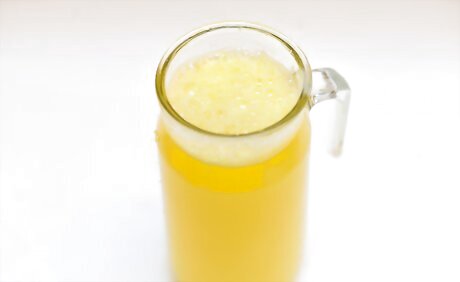
Strain the wine into a second fermentation container. When the wine has fermented for a week, use a fine mesh bag to strain all of the solids from the liquid. Reserve the liquid in a second fermentation container that’s made of glass. The container should be made of glass so that you can see into to determine how far along the fermentation process is. The wine becomes clearer as it finishes fermenting.
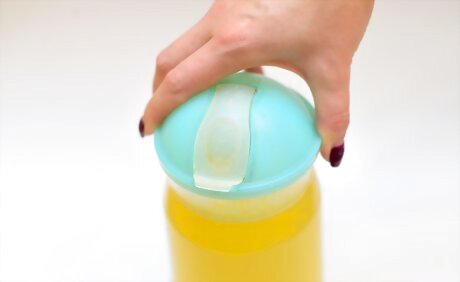
Seal the container and allow it to ferment for a month. Close the second fermentation container so it’s completely airtight. Leave the wine to ferment again for a month. Choose a warm, dark location for the wine to ferment.
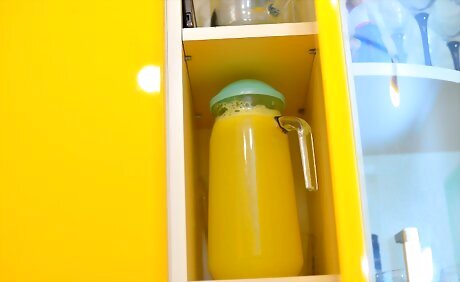
Repeat the process for three more months. When the month is up, siphon the wine into another clean, glass fermentation container. Pour carefully to keep any sedimentation at the bottom from flowing into the wine. Let it ferment for another month, and then repeat the process for two more months for a total of four months of fermentation.
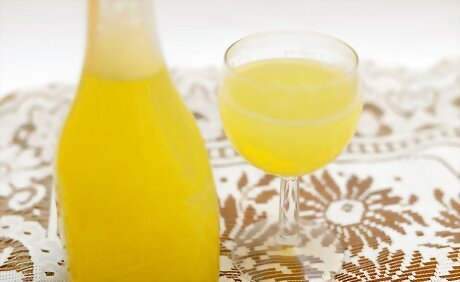
Divide the wine between bottles and drink. When the wine has fermented for a total of four months, carefully pour it into clean, dry bottles and seal them. You can drink the wine right away, but it usually tastes best if you allow it to age for a year.




















Comments
0 comment